We Were All Young, We Do All Grow Older: Complete Strangers
Julia Durst visited "Complete Strangers: Candid Portraits Made While Wandering," a show of photos by Douglas Fairchild
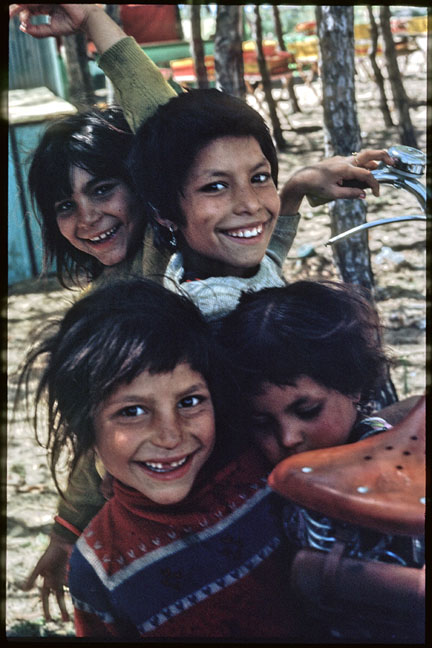
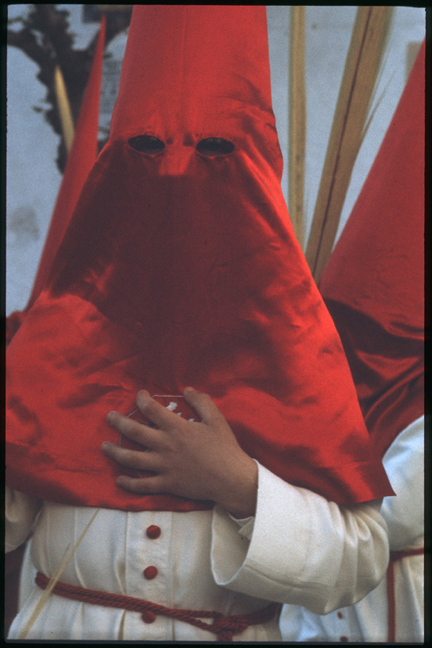
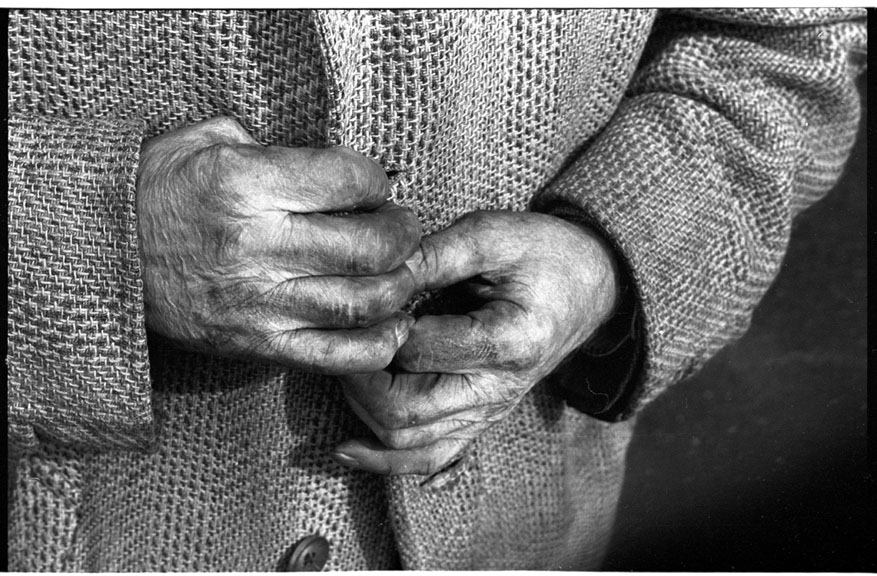
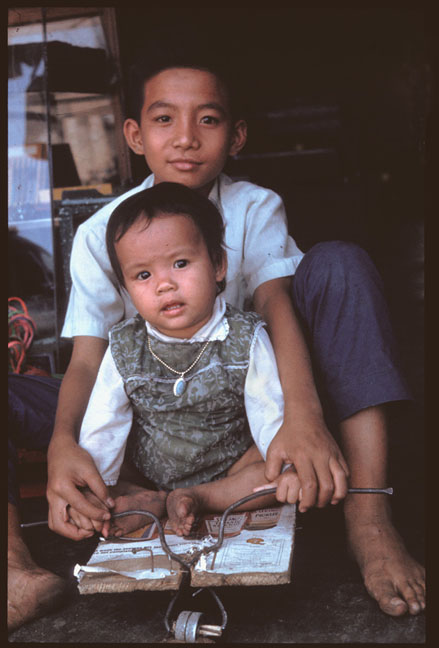
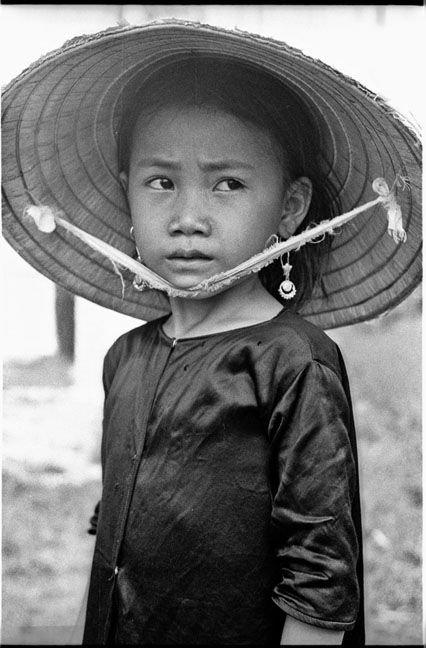
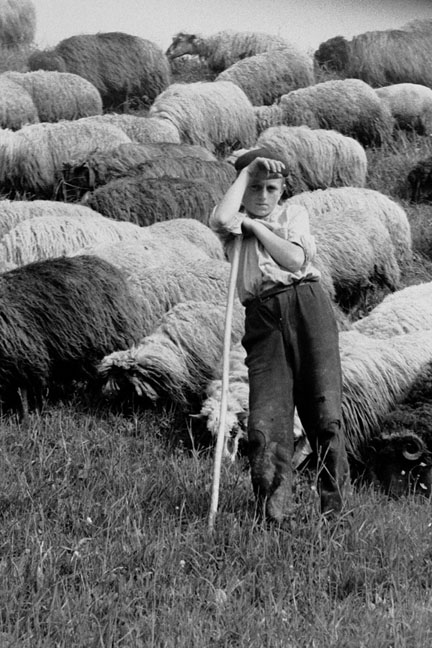
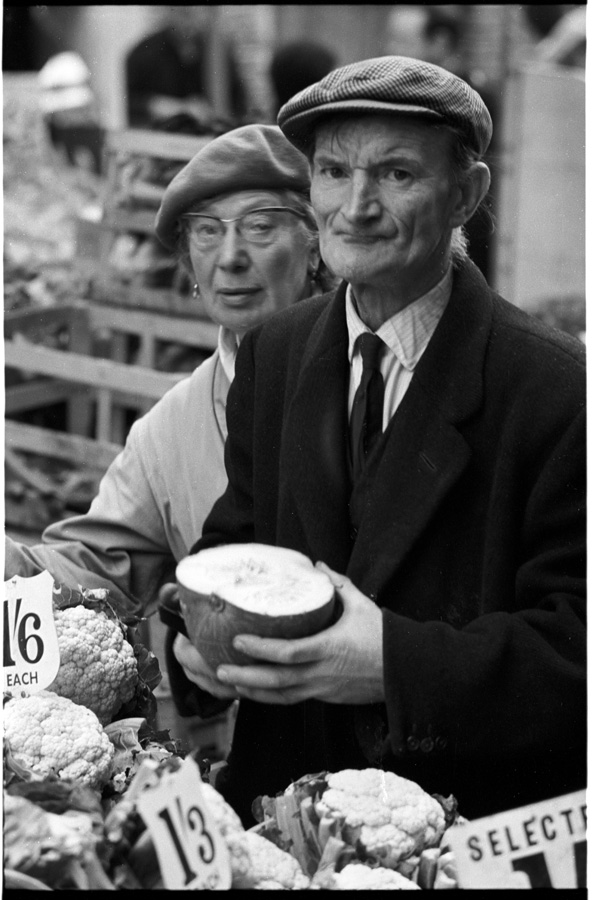
From Vietnam to Spain, Romania to the United States– Douglas Fairchild’s collection of portraits spans the globe. The photographs for “Complete Strangers” were taken forty years ago, during and after Fairchild’s stint in the U.S. Navy. They document some of the people he encountered in his travels. These street photos are printed from his original slides and negatives. They will be on display at the Red Mug (a hip coffee house and art gallery in Superior’s Old City Hall Building) till the end of May.
“Complete Strangers” is a celebration of diversity–in subjects, but also in approaches. Ages and attitudes, wide views and details, color and black and white, are all here.
For example, “Brother and Sister, Qui Nhon, Vietnam, 1967″ is a warm, playful image radiating youth. In contrast, “Vegetable Vendors, London, England, 1969″ shows the seriousness of old age. Each photo’s mood is heightened by color– or its lack. The color prints look more contemporary, and infuse life into eyes and warmth into skin, while the black and whites tend to a formal solemnity.
Color is keenly used in “Boy in Red Hood, Rota, Spain, 1969,” which depicts a young man in a penitential robe and hood (worn for anonymity) during a Holy Week procession. The Ku Klux Klan based their costume on this traditional garb; were this color photo printed in black and white, it would look eerily Klan-like.
Fairchild wisely avoids color in “Hands, Duluth, Minnesota, ca. 1968,” one of the only portraits without a face. The artist says the subject had just lost what little he had in a fire at the hotel where he was living on the corner of Lake Ave. and First St. His hands were dirtied when he dug through what was left of his belongings.
Such variety in technique can feel discordant at times, and the multiple portrait locations frequently provoke the question, ‘Where is this?’ But the craving to know each subject’s homeland– and the occasional inability to tell– speaks to a larger theme: how indistinguishable we sometimes are and how unified the human experience is. We are all young, and we all grow into lives filled with traditions and work and joy and tragedy. We all age.
“Complete Strangers” calls to mind a National Geographic documentary. It also reminds me of Alec Soth, whose past top-notch portrait show at the Minneapolis Institute of Art shares subtle similarities to Fairchild’s work. The sensitivity and respect with which Fairchild regarded his subjects is evident through every photograph.
“To me, faces are a window into the inner person, young and old,” the artist says in an exhibition statement. “It’s remarkable that six billion can all look different from one another… This is a small celebration of our myriad faces, a few of which I was fortunate to meet and be allowed to photograph.”